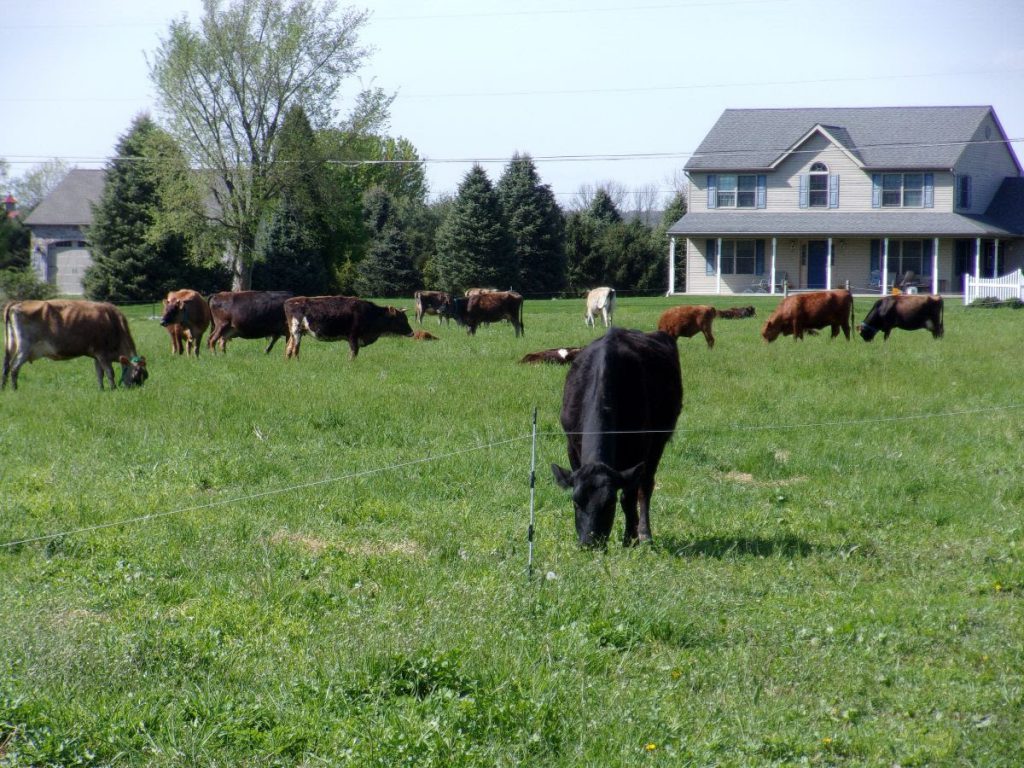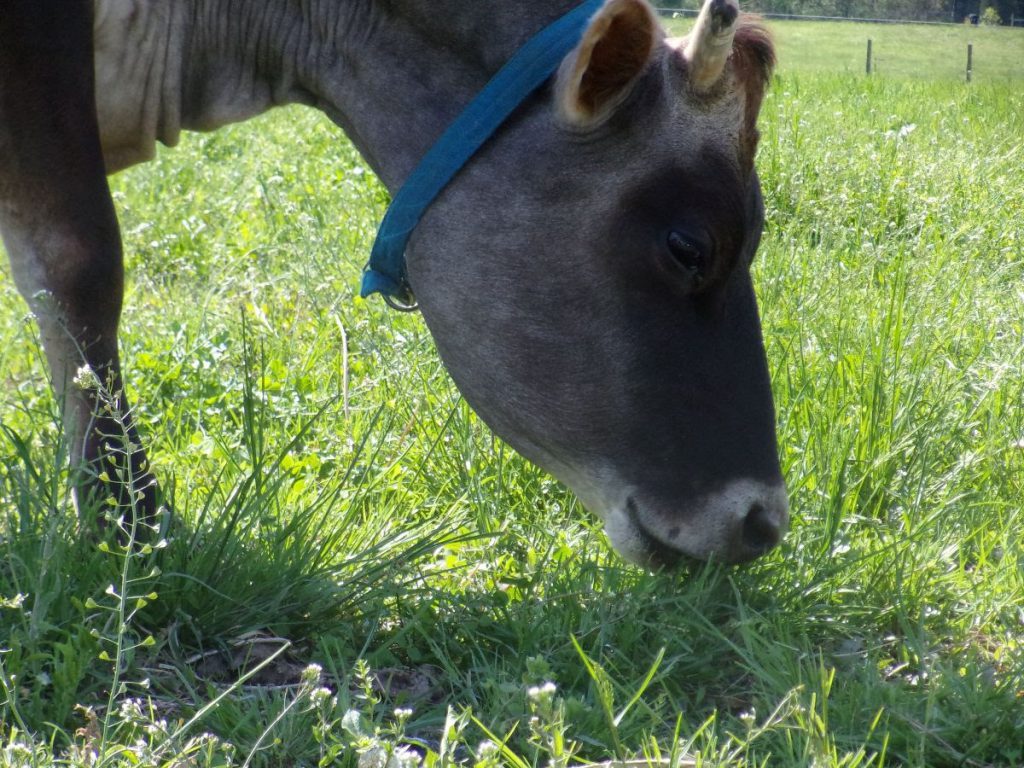Seasonality

In today’s industrialized food system, we Americans have almost forgotten about seasonality. In times past—especially before the existence of refrigeration, many foods were available on only a seasonal basis. Tomatoes—and many other vegetables—unless preservation measures were taken, were not to be had other than fresh from the garden or produce market during the summer. Perhaps even more astounding is the fact that meat has been available frozen for less than 90 years. So all those thousands of years prior to 1930, people either preserved food in season, or ate seasonally. I find it fascinating how quickly—in only a few generations—something becomes the cultural norm.
Of similar significance is that fact that the concept of a self-service grocery store has been around for just over a hundred years, being developed by an entrepreneur named Clarence Saunders, who opened his first Piggly Wiggly store in 1916. There again, for thousands of years people ate—with no grocery stores to speak of. How is that possible?
As a working farm who constantly studies nature for a natural template on which we base our food production, we deal with the aspect of seasonality at every turn. Pasture raised chicken—an entity that is not friendly to the birds or the farmer in a winter storm. Therefore we only raise chicken during the warm season, and harness the modern concept of freezing to preserve the harvest for winter. Grass-fed grass-finished beef— virtually impossible during the winter, which is why we only finish beef in June and November. Even pastured eggs—which are very hard to come by in the winter. Interestingly, industrial farming—and the food coming from its production stream, does not feel the reality of seasonality like we do. Are we behind the times, or in dire need of getting on the progress bandwagon? Or does industrial food flaunt the parameters of nature and seasonal nutrition at the expense of the eater?
One thing is sure, as stewards of this little corner of God’s green earth, we are very thankful for the warmer season and the bounty it brings to the fields, which allows us the once again build a domestic larder for your and our off-season needs. And that’s the View from the Country.
P.S. We have a few pictures to share below that speak of spring seasonality. Enjoy!

Ashley, one of our bovine matrons, turning spring grass into the milk you have come to crave, bright yellow/orange butter that almost lights a room, and all the other great dairy foods that happen when cows, green grass, and a little human elbow grease come together.
